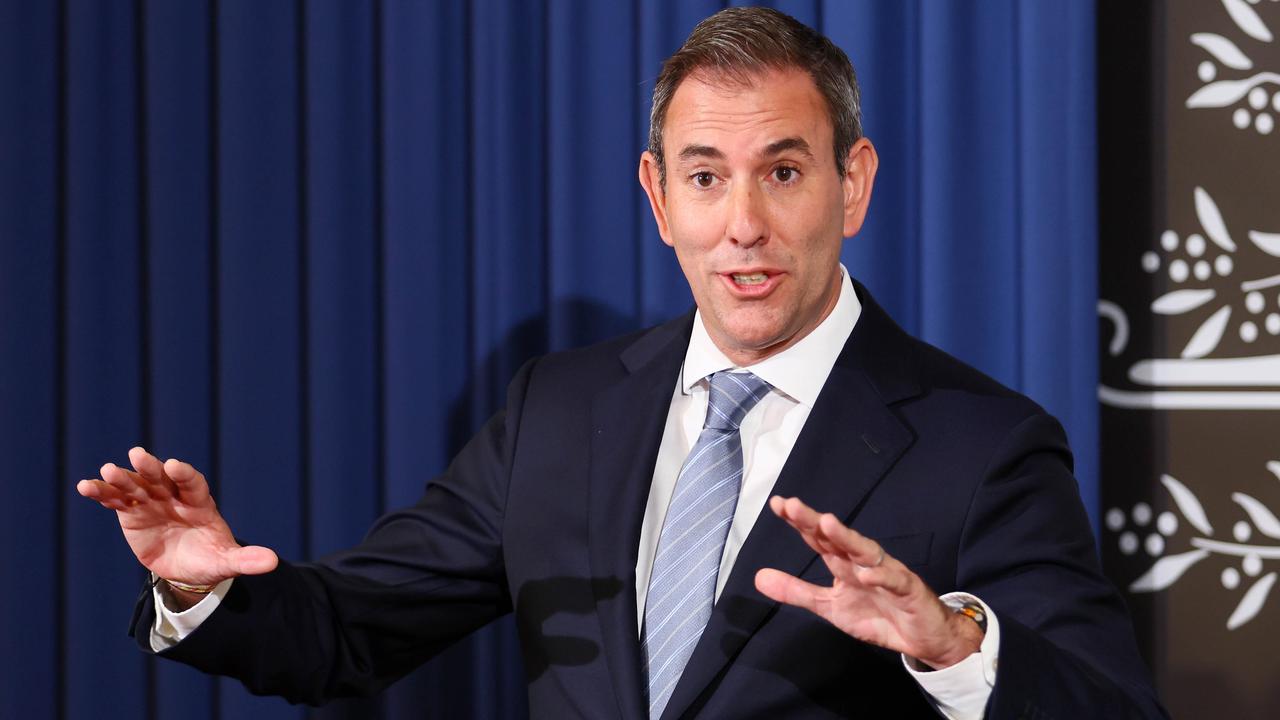Federal Budget 2022: Women’s safety advocates say more money needed to achieve government’s ‘ambitious plan’
Advocates say the $1.7 billion in the budget to improve women and children’s safety is not enough to achieve the government’s “ambitious goal”.
Federal Budget
Don't miss out on the headlines from Federal Budget. Followed categories will be added to My News.
Despite record spending on ending domestic violence, suicide prevention and self harm, women’s safety advocates say they’re disappointed with Labor’s first Budget.
The new government’s first Women’s Budget Statement has allocated $1.7 billion over six years to improve women and children’s physical and financial safety.
But campaigners say Labor has failed to provide new money for women’s safety.
They say adequate investment is needed to achieve the recently announced National Plan to End Violence Against Women and Children 2022-32, which promises to end gender-based violence in a generation.
“We now have a road map to end violence against women and children in a generation,” Full Stop Australia CEO Hayley Foster said.
“It really is a world first.
“But to achieve this ambitious goal, we need to adequately invest in its implementation.”
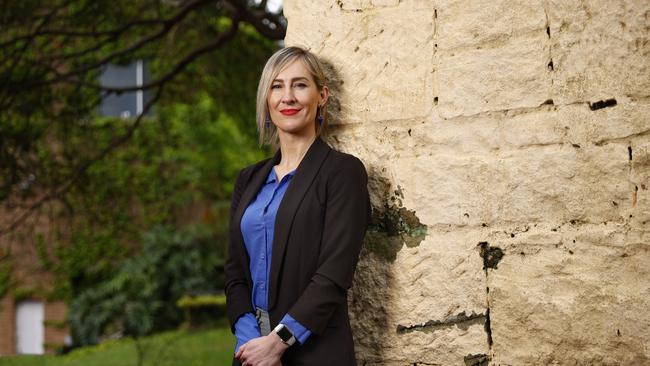
She said her organisation, that provides sexual violence counselling, expects to see increasing numbers of people coming forward to access support due to awareness campaigns.
“So we actually need to see a frontloading of investment in these services,” Ms Foster said.
“We need to address the blackspots and critical shortfalls in frontline sexual, domestic and family violence services.”
Ms Foster welcomed important structural reforms announced in this budget, including in childcare and paid parental leave.
However, she said Australia still has a situation where many domestic and sexual violence services across the country are so underfunded that they’re “struggling to deal with the crises on their doorstep, let alone being able to support people to heal and recover from the violence and abuse they have experienced”.
The Women’s Electoral Lobby (WEL) said while the Budget “heralds a new era that will make Australia a global leader in gender equality” there is “no new money for women’s safety”.
WEL’s National Convenor Jozefa Sobski said there is only an “undertaking to improve the quality of spending”.
“There is funding of $169.4 million over four years for 500 community workers, as promised,” Ms Sobski said.
“These workers will increase support for women and children experiencing family, domestic and sexual violence.
“WEL believes much more is needed than what was in the ALP election undertaking of $1.3 billion if the ambitions of the new National Plan to End Violence against Women are to be achieved.”
‘USE IT OR LOSE IT’: NEW CHILDCARE CATCH AS DV LEAVE REVEALED
Families have been made a priority in Labor’s first budget, with cheaper childcare and a push to get women back into the workforce.
Labor’s $4.6bn package promises to cut childcare fees for 96 per cent of families by lifting the maximum childcare subsidy rate by up to 90 per cent for families for their first child in care.
And parents with a combined household income of less than $530,000 will also get more money back in subsidies.
A family with a combined income of about $120,000 a year with one child in care will save an estimated $1780 a year.

“Cheaper child care is a game-changing investment in families, our workforce, and our economy,” Treasurer Jim Chalmers said.
“It will increase the paid hours worked by women with young children by up to 1.4 million hours a week in the first year alone. That’s the equivalent of 37,000 extra full-time workers.
“Because our early childhood educators guide our young ones and help them grow in those critical early years, for the best possible start in life – it’s more than care. It is cost-of-living relief with an economic dividend.”
Funding of $531.6m has also been set aside to pay for an extension in paid parental leave from 18 to 26 weeks, increasing by a fortnight each year until the full 26 weeks is available from mid-2026.
The parental leave can be shared between both parents, allowing for flexibility and choice, but it includes a “use it or lose it” component to encourage both parents to share childcaring responsibilities.
Labor says the policy will help close the gender gap, by increasing the workforce participation of 100,000 women.
While family and childcare advocates have welcomed the “family-friendly budget”, there are also some reservations as to how effective it will be.
For a decade the Morrison government had also increased subsidies, which were generally followed by a surge in childcare fees, meaning parents did not see the benefits.
Labor is hoping a $10.8m, 12-month inquiry into the rising cost of childcare fees will provide some answers.
Fees have already jumped on average by 6 per cent this year, hitting $200 a day for the first time at some childcare centres.
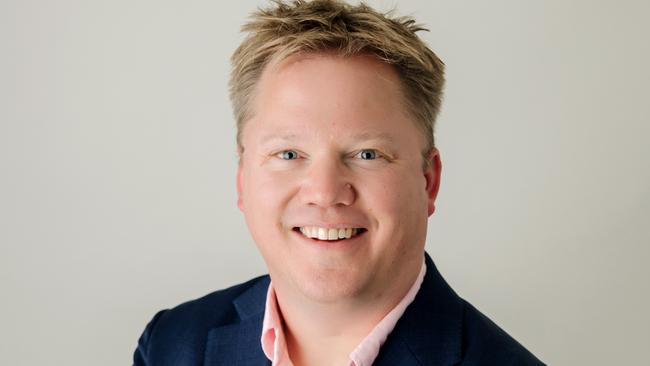
Benjamin Balk, founder of childcare app KindiCare, said he would like the Australian Competition and Consumer Commission (ACCC) investigation sped up.
“Given the vast majority of the operating costs for early learning providers is staff and rent, it shouldn’t take an ACCC inquiry a year to uncover what’s driving fee increases and make recommendations to the government on what regulatory measures or initiatives might be introduced to contain fee growth,” Mr Balk said.
“We would like to see this inquiry accelerated as its completion is a prerequisite to Labor introducing further sector or subsidy reforms.”
Mr Balk said irrespective of the increase in subsidies, the new reforms, which aim to encourage more women back into the workforce, will not work without thousands more early childhood educators.
An estimated 9300 more workers are needed before the subsidy changes comes into force next July.
“The Labor government needs to put in place concrete funding measures to both lift wages to retain those educators already working in the sector as well as encourage a significant number of Australians to pursue a new career in early learning to meet the educator shortfall,” Mr Balk said.
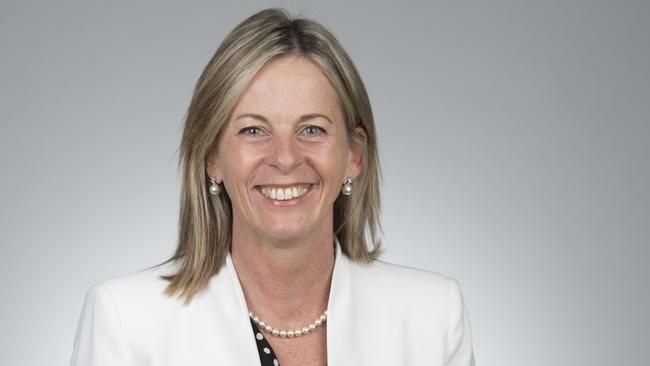
Shadow early childhood education Minister Angie Bell said despite a $4.5bn investment, “not one single cent” will go towards creating an additional place in early childhood education.
“With more than 30 per cent of Australian families living in a childcare desert, this money will not help them access quality care, which many communities are desperately calling out for,” she said.
“We are deeply concerned that Labor’s policy fails to address accessibility for families, including for those living in regional, rural and remote Australia.
“During this cost-of-living crisis, Australian families and educators deserve to know whether they will actually be better off under Labor.”
Domestic violence leave
Women will receive access to 10 days of paid family and domestic violence leave when the Fair Work Act is amended, as part of the new Federal Budget.
It comes as the Federal Government commits $1.7 billion over six years to end violence against women and children.
The budget has allocated $169.4 million over four years to fund 500 frontline service and community workers to support women and children experiencing family, domestic and sexual violence and $48.7 million to expand the Family and Domestic Violence Primary Health Network Pilot, which assists primary care providers with early identification and intervention of violence.
Another $23.3 million will go to Australia’s National Research Organisation for Women’s Safety to ensure data and evidence is available when designing policy interventions; $104.4 million will support gender-based violence prevention service Our Watch; $55.3 million will fund additional phases of the Stop it at the Start campaign and $32.2 million will go towards promoting the importance of consensual and respectful relationships.
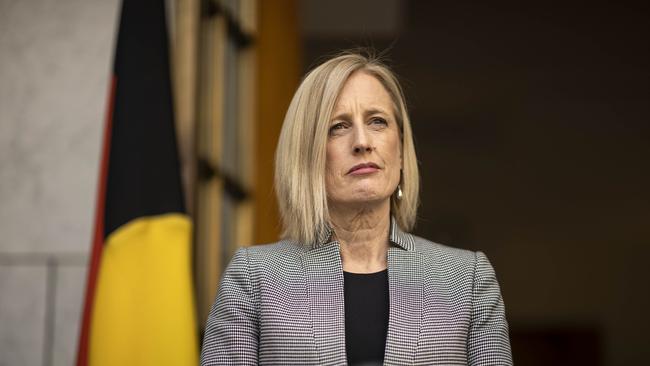
National Council of Women of Australia president and member of the new Women’s Economic Equality Taskforce Chiou See Anderson said the 10 days of paid family and domestic violence leave would be “an interesting one to operationalise” at a business level.
“If someone comes to me in my business and says ‘I want time off for domestic violence’, then do I, as owner or as the employer, then have the obligation to report it to somebody?” Ms Anderson said.
“Do I have a duty of care to you to not let you go back to an unsafe place? Do I offer you counselling? Do I ring up somebody on an abuse hotline? Do I have the right to do that on your behalf?
“You can end up with more people in an abusive relationship because they are now too afraid to tell the boss.
“I think the intention is good but I think they have not thought through the consequences for the women.”
The Federal Budget promised assistance for small business employers to implement new family and domestic violence leave entitlements for their employees, but details are yet to be released.
Small Business Women Australia founder and chief executive Amanda Rose said the policy was “utopian” but should not be funded by small business owners.
“I don’t think they should (pay for it), and I don’t think the taxpayer should,” Ms Rose said.
“I think, if that 10 days’ leave is approved … it needs to then be taken out of the perpetrator’s wages or banking.
“We’re trying to improve the behaviour of men and you’re not going to do that without any accountability.
“If he has to pay for that 10 days’ leave each time, it might stop or slow it down.”
Gender responsive budgeting
Politics is often seen as a man’s game, but the budget will cement gender equality at the heart of decision-making, with the introduction of Gender Responsive Budgeting (GRB).
An established practice in the Victorian government and across some Organisation for Economic Co-operation and Development (OECD) countries, it is a new approach for the federal government, which will aim to view policy creation through the lens of gender.
National Council of Women of Australia president Chiou See Anderson, a member of the government’s Women’s Economic Equality Taskforce, said this was a big-ticket item for the budget.
“So GRB is a very hippy term,” Ms Anderson said.
“The Victorian government has been doing it for about three years now.
“For every government spend, they look at it and say ‘does this benefit men and women equally?’ … every cent that we spend as a government, we are responding to it on a gender basis.”

In the Women’s Budget Statement, released on Tuesday, the government said GRB would involve tracking and reporting gender equality outcomes through budget processes so policymakers and decision-makers – including ministers and the cabinet – understood how policy proposals may impact women and men differently.
“As a first step, the Office for Women in the Department of the Prime Minister and Cabinet has been leading a pilot to conduct gender impact assessments on select policy proposals during this budget process,” it said.
“The insights from this pilot will inform next steps and the evolution of the approach over future budgets, and consideration of the most appropriate model for the Australian context.”
As part of the pilot, the Office for Women worked with the Department of Employment and Workplace Relations to develop the budget’s Jobs and Skills proposals, with the aim to reduce gender segregation across industries.
While women are well represented within vocational education and training, they make up just 8.2 per cent of “traditional” trade apprenticeships.
For example, only 4.9 per cent of construction apprentices are women.
The Australian Skills Guarantee will include targets for women and support the employment of women on major, commonwealth-funded government projects, increasing the opportunities for women to access training.
Jobs and Skills Australia will undertake cohort-specific analysis of priority cohorts, including women, allowing policy responses to better target interventions, remove barriers and improve accessibility.
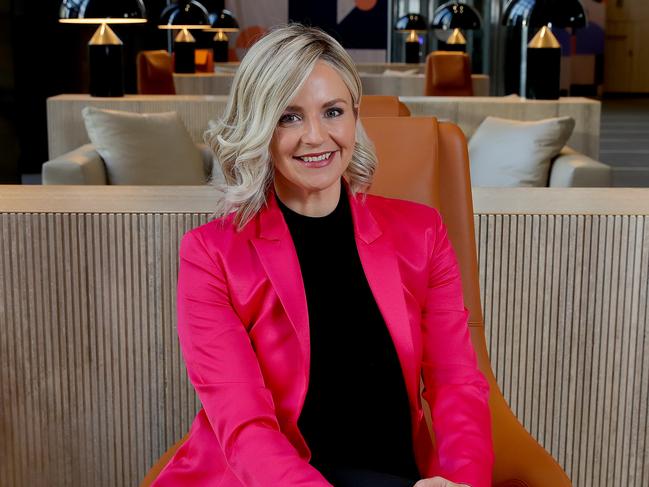
Small Business Women Australia founder and vocational education and training advocate Amanda Rose called for the introduction of single-sex apprenticeship classes for high school girls.
“(We should) have male and female TAFE classes, say, for carpentry,” she said.
“(They need a) learning environment where they feel a bit safe and a bit comfortable with each other, then co-ed with projects.
“I think throwing them all in at 16, 17, 18, the girls withdraw.
“We need to look at the barriers of why women aren’t taking up these types of trades.”
Ms Rose also called for more mentoring programs in the construction industry to encourage women’s participation.
“We are getting a few women interested in that space but it’s quite tough,” she said.
Originally published as Federal Budget 2022: Women’s safety advocates say more money needed to achieve government’s ‘ambitious plan’
Read related topics:Cost Of Living



